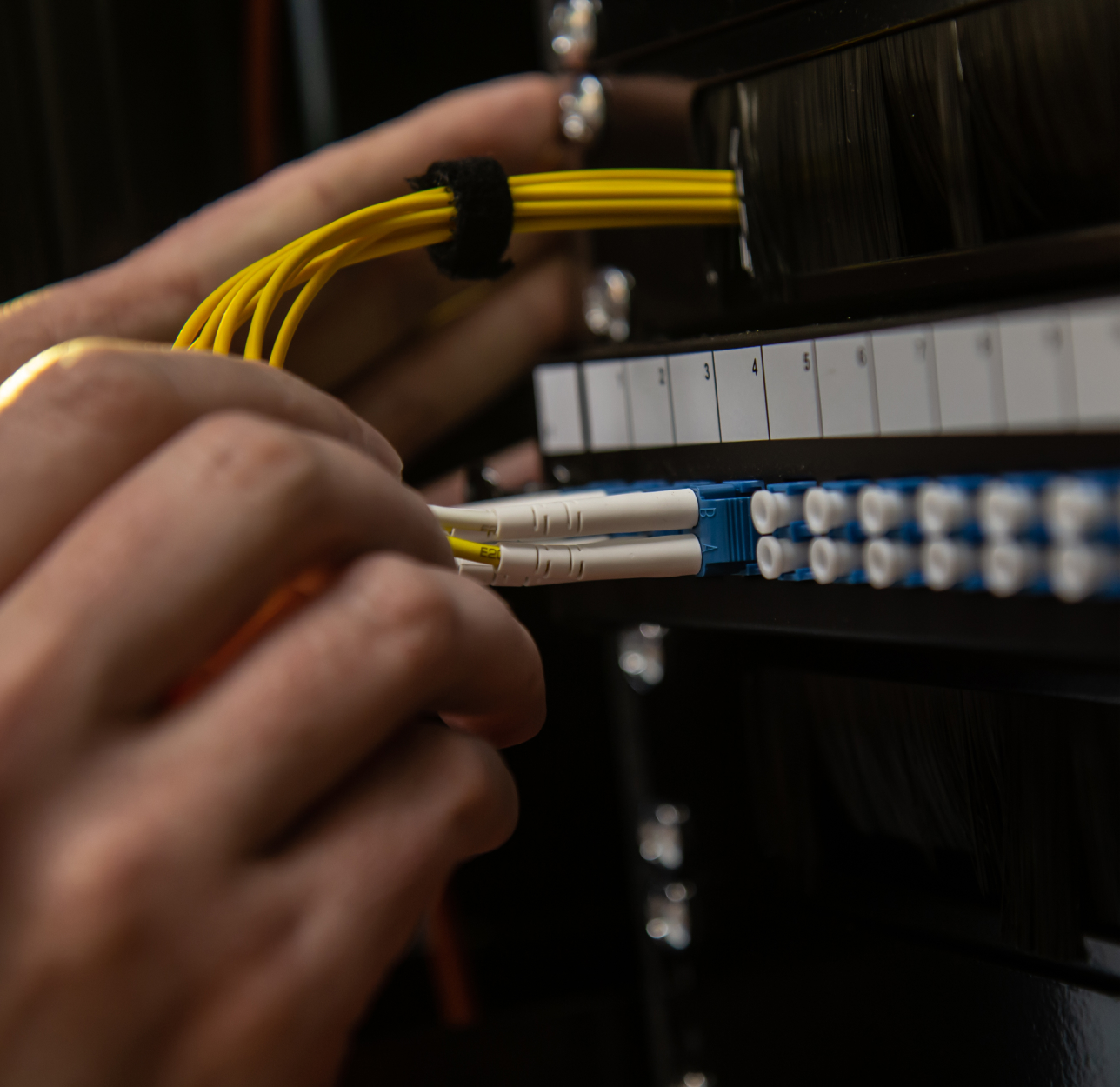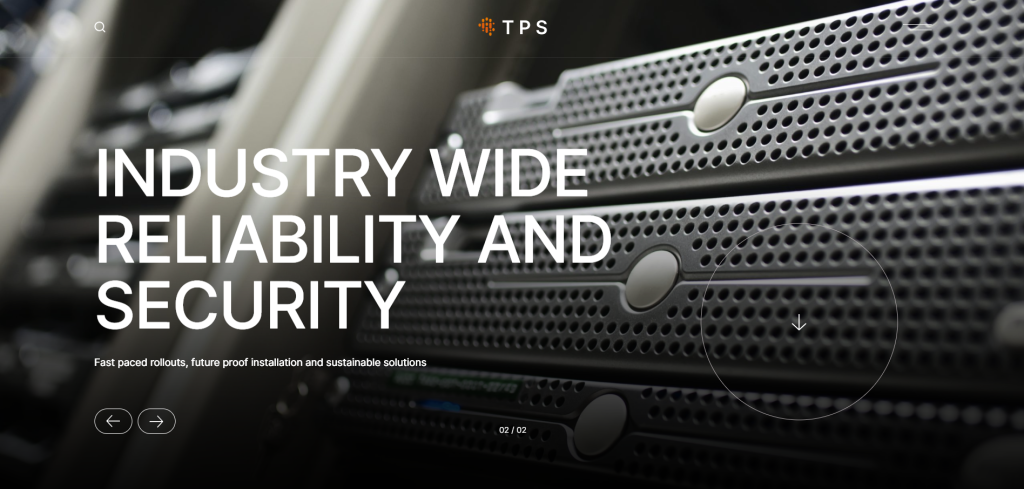Why Fibre Optic?

Unlike copper cabling, fibre optics are not electrical in nature. They work instead by transporting information from one point to another in the form of light – a technology that is known as ‘waveguides.’
A basic fibre optic system comprises a transmitting device, which generates a light signal; an optical fibre cable, which carries the light; and a receiver, which accepts the light signal that is being transmitted.
In contrast to copper cabling, fibre optic cables are lightweight and small in diameter. Their dimensions make them a practical and ideal choice for installations where space is at a minimum, such as within existing duct systems.
Despite the fact they are made from glass, fibre optic cables are deceptively strong. Tougher than steel, they are also exceptionally robust and will not corrode, rust or decay when exposed to a range of different environmental conditions.
Recognised for their large bandwidth capacity and long-distance signal transmission, fibre optic cables can send and receive significant amounts of data at any one time. This makes them suitable for a range of industries and business applications that are reliant on new technologies and solutions for their everyday needs. To accommodate future growth, ‘spare’ fibres can be incorporated into the system design and connected at a later date as and when required.
As fibre optic cables are non-conductive, this also makes them highly secure. Unlike a copper cable, it is impossible to remotely detect the signals that are being transmitted within a fibre optic, making them an extremely attractive option for any security-based applications. The only way to gain access to the signal is to physically dig the fibre optic cable up, an act easily detectable within any security surveillance system.
The dielectric nature of the fibres makes them suitable for installation in areas with high electromagnetic interference (EMI), such as power lines, utility lines and railroad tracks. They are also recommended for areas that suffer from higher than average lightning-strike incidences or those that may be susceptible to radio frequency interference (RFI).
A common myth surrounding optical fibre is that it can be extremely difficult and expensive to install. Due to simplified designs, and fibre’s predominantly limitless bandwidth capacity, it is generally the least costly option for your network design. Testing of fibre optic systems can often be simpler, as fewer parameters are required to ensure they are operating as they should. They are, nevertheless, no more difficult to test than their copper cabling counterparts.
One thing is certain, fibre technologies are remaining ahead of demand and the ease of future upgrades ensures the systems will offer a practical solution for a significant number of years to come.

